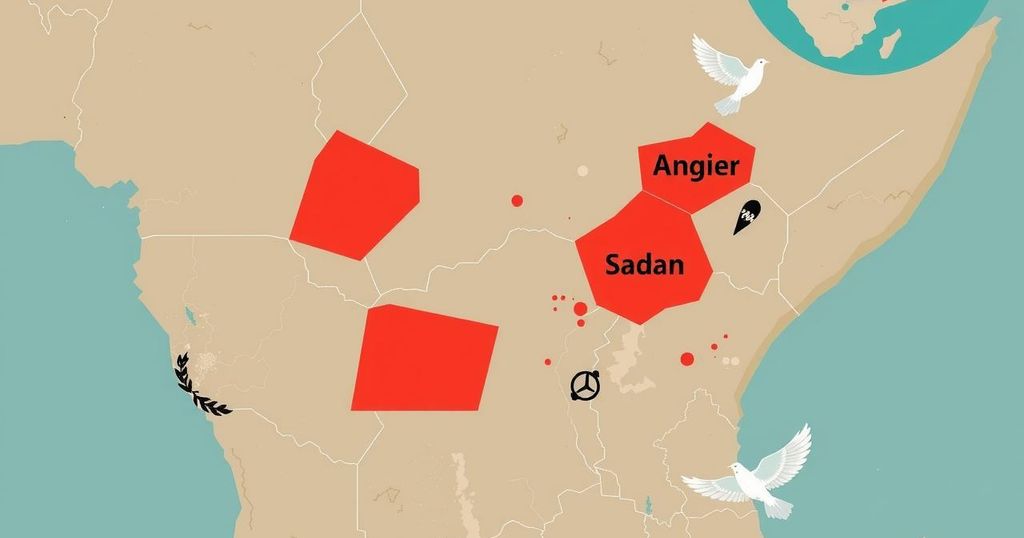South Sudan is facing the potential of another civil war, possibly merging with ongoing violence in Sudan, which could lead to catastrophic outcomes. The capital, Juba, has experienced severe violence in the past, with over 400,000 deaths reported by the end of the last major conflict in 2018. Monitoring the situation is critical to prevent further escalation and instability.
The potential for another civil war in South Sudan is alarmingly evident, particularly as it may connect with ongoing conflicts in neighboring Sudan, bringing about disastrous consequences. Notably, Juba, the capital, bears a history of violence, marked by ethnic massacres and looting since the civil war began in 2013, just two years following South Sudan’s independence from Sudan. After a ceasefire broke down in 2016, Juba devolved into a battle zone for several days, resulting in a dire death toll of over 400,000 by the conflict’s conclusion in 2018.
The tumultuous situation in South Sudan is reflective not only of internal strife but also of broader regional instability, hinting at the potential for escalation. Additionally, the recent developments in neighboring Sudan may exacerbate the situation, forming a complex web of violence that may spill into South Sudan. It is crucial for political leaders and international organizations to closely monitor these conditions to prevent further bloodshed and instability in the region.
In summary, South Sudan is on the brink of another civil war, with the possibility of merging with the conflict in Sudan, which could lead to catastrophic consequences. The historical violence witnessed in Juba and the devastating impact of previous conflicts serve as a grim reminder of what could be in store if no preventative action is taken. Heightened attention and intervention are essential to avert impending humanitarian disasters and to stabilize the region.
Original Source: www.economist.com




